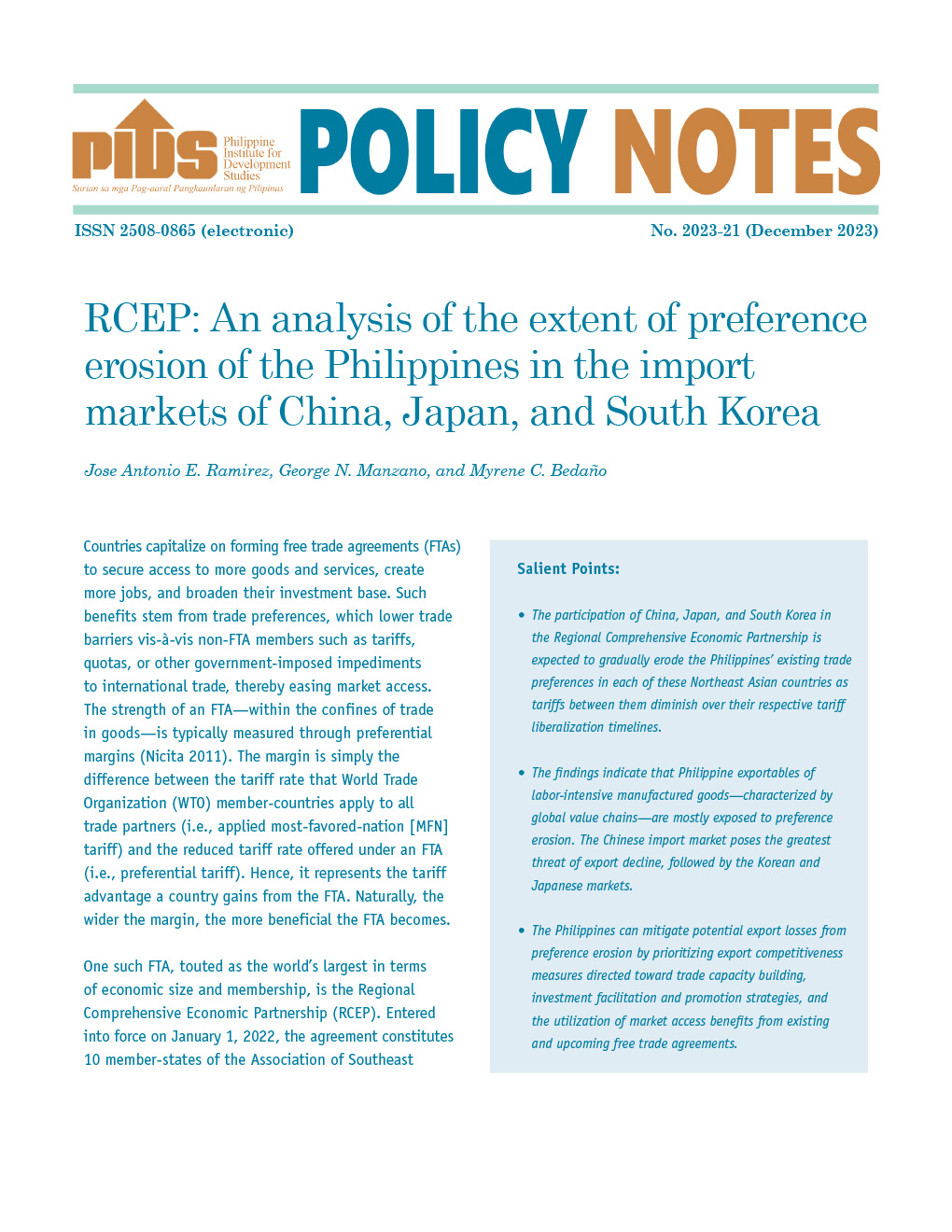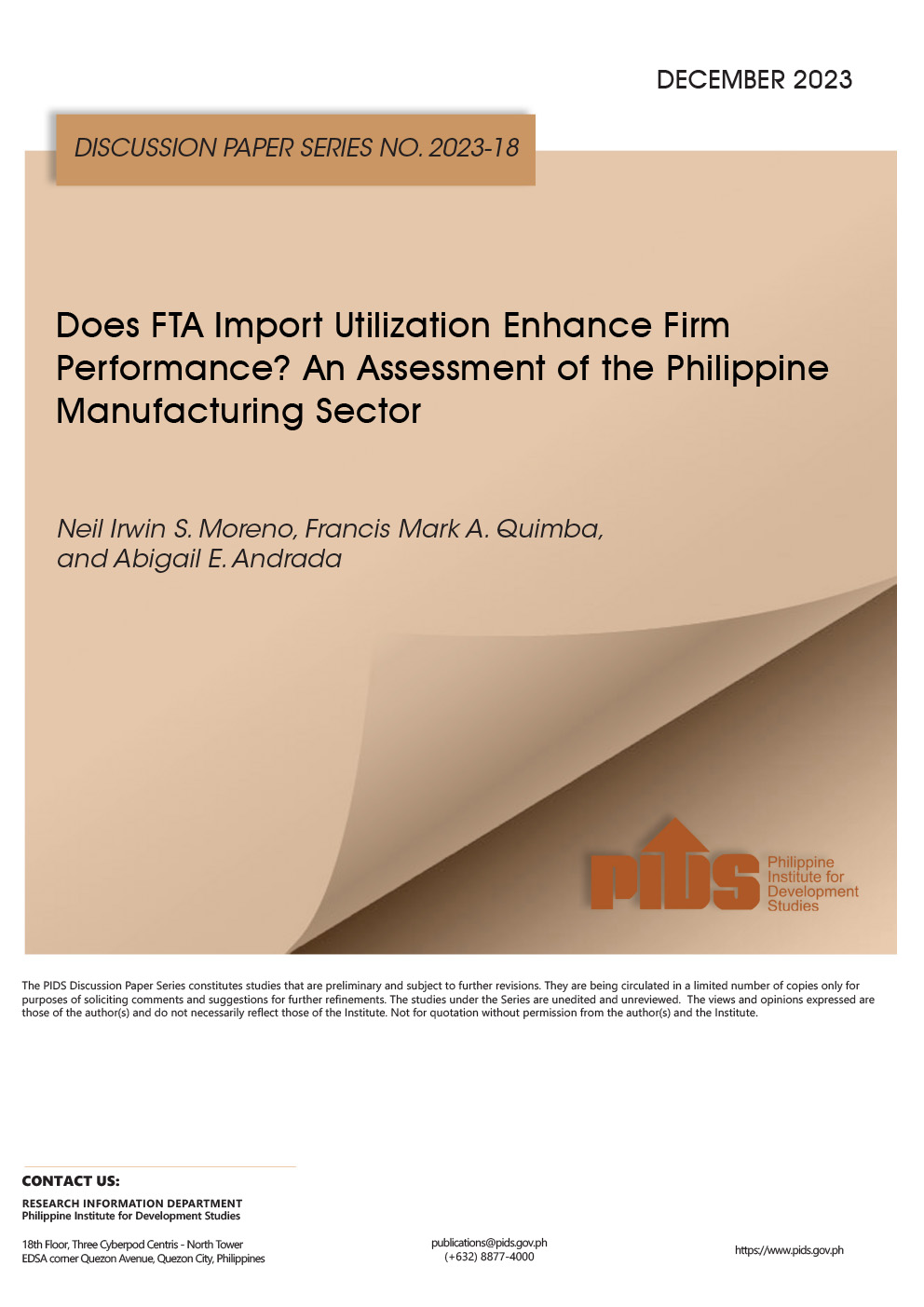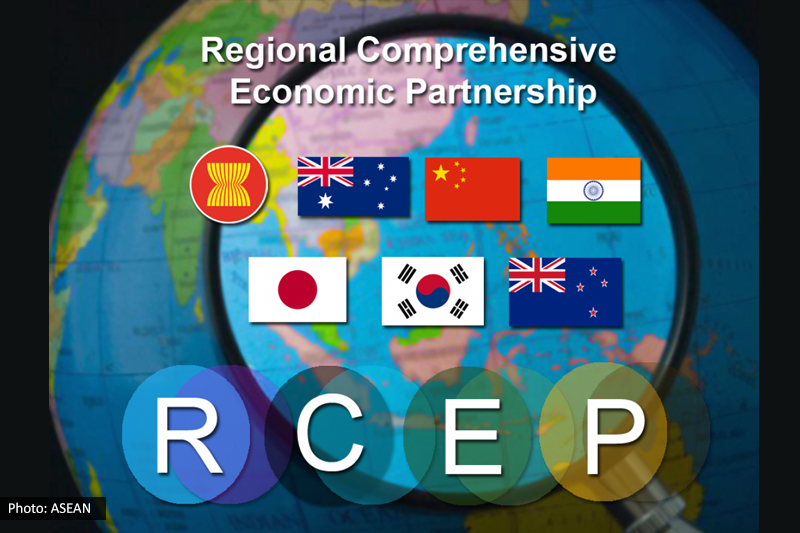THE sharp drop in imports last year is a more logical and evidence-based explanation to the increase in the price of rice, state think tank Philippine Institute for Development Studies (PIDS) said.
A PIDS study said that blaming rice cartels for price manipulation cannot be considered a definitive explanation for the price increase.
The study recommends to focus more in increasing rice production through research and development and overhaul the National Food Authority (NFA) to improve regulatory duties and management of the domestic food-security stock.
Prepared by Roehlano Briones, PIDS senior research fellow, and Ivory Myka Galang, PIDS research analyst, the study cited the inadequacy of supply starting in mid-2013 due to the reduction in imports as the main cause of the rice price spike.
The retail price of rice shot up to P36.28 per kilogram in December 2013 from P32.37 in June 2013–a 12-percent increase in just six months.
The ability of rice traders to influence the market price of rice is negligible according to the study.
Citing a 2014 rapid appraisal conducted by Beulah de la Peña, "strong competition prevails at all levels of the rice-supply chain. Farmers can freely choose their buyer among a number of buying stations and agents present in their community,” the study said.
The rice imports dropped by 638,000 tons in 2013 owing to the Department of Agriculture’s Food Staples Sufficiency Program (FSSP).
The program aims for 100-percent rice self-sufficiency in 2013 by raising domestic production and curbing imports.
But the increase in rice domestic production in 2013 was not enough to reduce imports, the study noted.
"While palay production did hit 18.44 million tons in 2013, up from 18.03 million tons, the increment of 439,000 tons was not enough to counter the effects of the reduction in rice imports.”
The study said the country failed to take advantage of cheap rice available in the world market because of import reduction. This led to a shortage of the rice supply, which raised the market price of rice.
In November 2013 the domestic price of rice per kilogram was P33.55, 28 percent higher than the world price of P18.63 per kilo, the study added.
The NFA could have abated the price spike had it offset the deficit from its buffer stock, the study noted.
This would have been possible if the stock were not limited, yet the total NFA stock in June 2013 was already low to begin with. The NFA is also facing intense pressures to reduce its liabilities and subsidy. "The buy high and sell low business model of NFA has placed intense pressure on its finances which amounted to $4.39 billion in total liabilities.”
"A permanent solution is to repeal the QR [quantitative-restriction] policy on imports to support the rice self-sufficiency objective,” the study said. Rice self-sufficiency should be pursued with more cost-effective support mechanisms to rice producers such as research and development and new rice farming technologies.
Moreover, reforming the NFA is recommended, the study said. "It should focus on regulatory duties and management of the domestic food security stock and not on rice marketing and importation.”
Related Posts
Publications
Press Releases
Video Highlights
[No related items]









